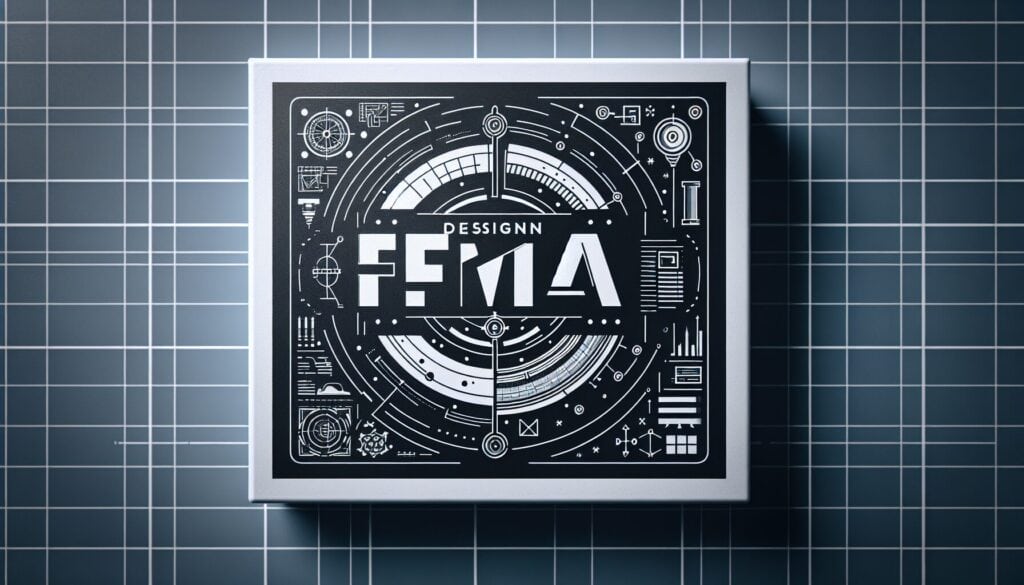A type of FMEA specifically focused on identifying and mitigating potential failure modes, their causes, and effects associated with the design of a product before it reaches manufacturing.
- Methodologies: Engineering, Quality
Design FMEA (DFMEA)

Design FMEA (DFMEA)
- Design for Manufacturing (DfM), Design for Six Sigma (DfSS), Design Review, Failure Mode and Effects Analysis (FMEA), Product Development, Prototyping, Quality Management, Risk Analysis, Risk Management
Objective:
How it’s used:
- A cross-functional team analyzes product design functions, potential ways the design could fail to meet requirements, the consequences of such failures, their severity, likelihood of occurrence, and current detection methods, to prioritize and address high-risk design elements.
Pros
- Proactively identifies and addresses design weaknesses early in development; Reduces late-stage design changes and associated costs; Improves product reliability, safety, and quality; Provides a documented record of risk assessment.
Cons
- Can be time-consuming and requires detailed design information; Effectiveness depends on the team's experience and the thoroughness of the analysis; Can be challenging to predict all failure modes and their probabilities accurately.
Categories:
- Engineering, Product Design, Quality, Risk Management
Best for:
- Analyzing and mitigating risks associated with the design of a new product or a significant change to an existing product design.
Design FMEA is commonly utilized in industries such as automotive, aerospace, medical devices, and consumer electronics, where product reliability and safety are paramount. In the early stages of product development, the methodology typically involves a cross-functional team composed of engineers, designers, quality assurance specialists, and sometimes regulatory experts, ensuring diverse perspectives are incorporated into the design analysis. This collaborative approach is particularly valuable during the conceptual and prototyping phases, as it facilitates the identification of potential failure modes before they can impact production costs or customer satisfaction. The team assesses various functions of the design, evaluating what might lead to a failure, understanding the consequences of such failures, and determining their severity and likelihood of occurrence using established risk matrix tools. The identification of current detection methods for these failure modes allows the team to prioritize potential issues based on a systematic ranking, ensuring that high-risk elements are addressed swiftly. This proactive approach not only enhances product reliability and safety but also promotes innovative thinking by pushing team members to explore new design possibilities that mitigate identified risks. By documenting the risk assessment and subsequent design decisions, companies create a historical record that supports future design efforts and aids in compliance with industry standards, ultimately leading to more robust product offerings and customer satisfaction.
Key steps of this methodology
- Identify the design functions and requirements.
- List potential failure modes for each function.
- Determine the effects of each failure mode.
- Assess the severity of each effect on a predefined scale.
- Evaluate the likelihood of occurrence for each failure mode.
- Identify current design controls and detection methods.
- Determine the detection likelihood of each control.
- Calculate the Risk Priority Number (RPN) for each failure mode.
- Prioritize failure modes based on their RPN scores.
- Develop action plans for high-risk failure modes.
- Implement corrective actions and assign responsibilities.
- Review and update the DFMEA as the design evolves.
Pro Tips
- Incorporate real-time data analysis from prototypes and simulations to identify potential failures dynamically.
- Utilize advanced modeling techniques, such as Monte Carlo simulations, to quantitatively assess risk and prioritize failure modes more effectively.
- Engage stakeholders early in the DFMEA process to align design functions with customer expectations and regulatory requirements, enhancing product acceptance.
To read and compare several methodologies, we recommend the
> Extensive Methodologies Repository <
together with the 400+ other methodologies.
Your comments on this methodology or additional info are welcome on the comment section below ↓ , so as any engineering-related ideas or links.
Historical Context
1897
1930
1940
1949
1950
1950
1960
1890
1924
1930
1940
1950
1950
1958
1960
(if date is unknown or not relevant, e.g. "fluid mechanics", a rounded estimation of its notable emergence is provided)















Related Posts
Manufacturing Operations Management (MOM)
Manufacturing Execution System (MES)
Manufacturing Control Plan
Manual Testing
Manual Handling Assessment Charts (MAC)
ManTRA (Manual Tasks Risk Assessment Tool)